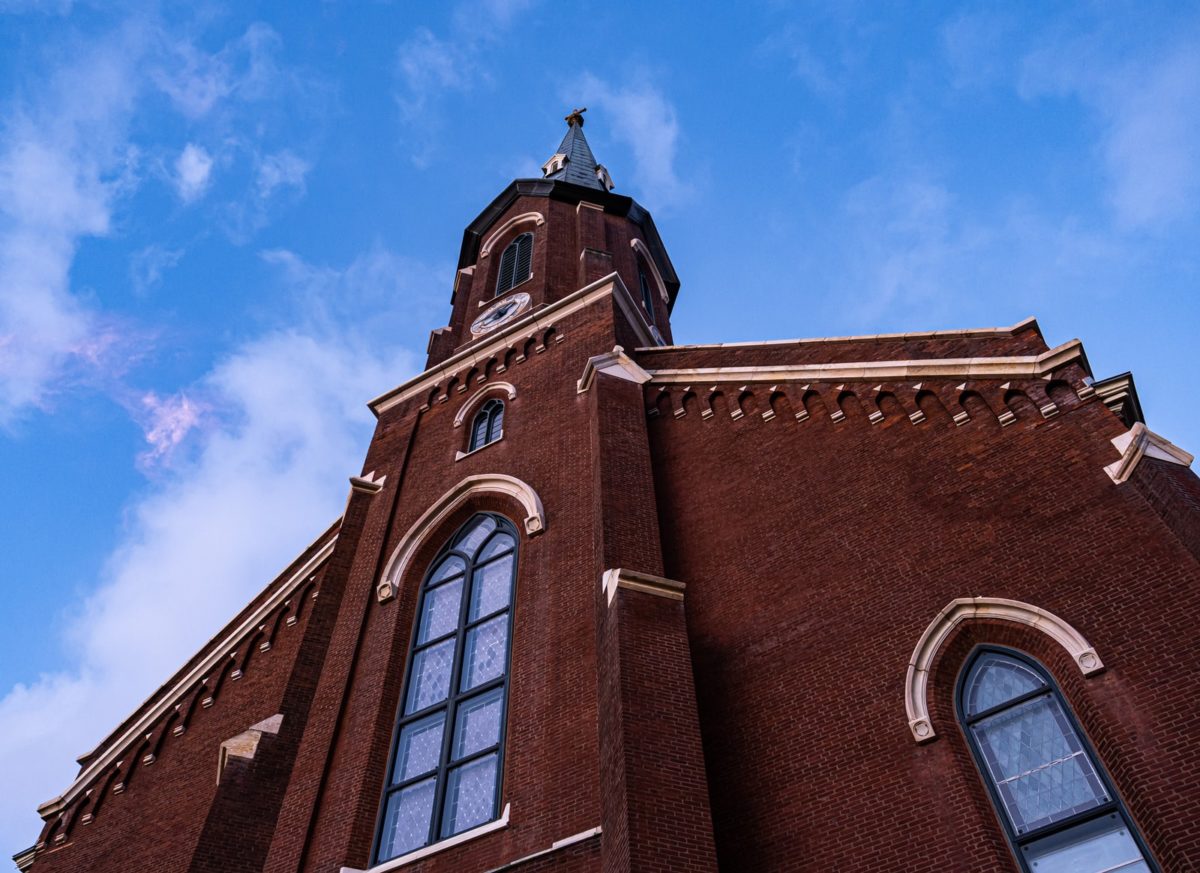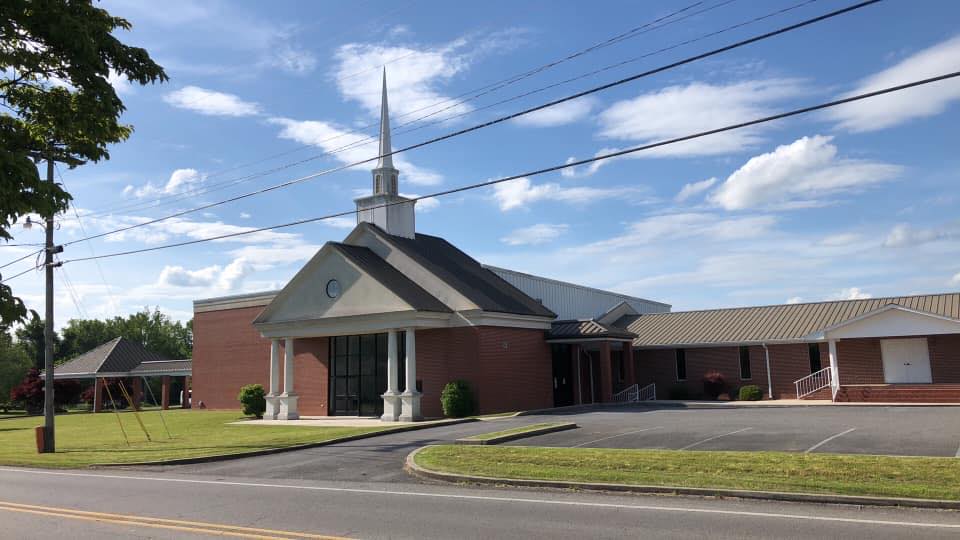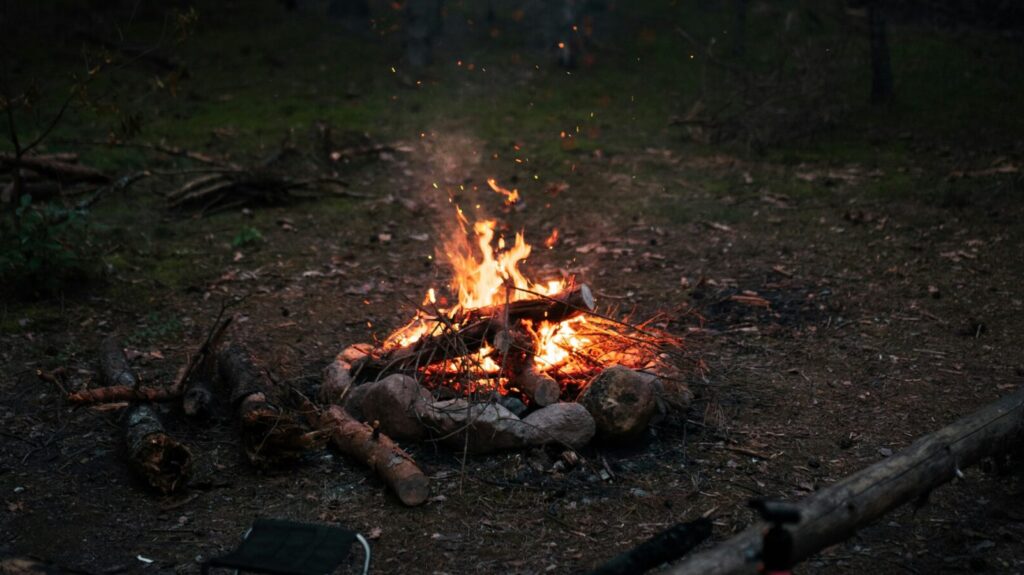In light of church shootings over the last few years, including Texas and Vestavia Hills, Alabama church leaders may be evaluating the security measures they have in place.
Shooters are hard to predict and can cause devastation in seconds, said Curt Carpenter, a retired police officer and team leader for Overwatch Security Advisors, a consulting firm based in Birmingham that works with businesses, nonprofits and churches.
“Your actions will play a large part in the effects that the shooter has on your facility,” he told leaders during a security workshop hosted by the Alabama Baptist State Board of Missions.
To know how to respond, churches and church security teams need to prepare, Carpenter said.
Actions to prepare
Conduct a thorough risk assessment and site survey.
“Who do you deal with every day at your facility? Do large numbers of people come and go? Do you have a large group of children?” Questions like these help you determine the risks, Carpenter said. For example if a church has a large children’s program or day care, an estranged parent could potentially show up to try to take a child by force, he said. Identifying these risks and knowing the strengths, weaknesses and layout of the facility can help in preparing a plan of action should a shooter show up, Carpenter explained.
Develop effective plans that will work under stress.
For instance escape routes should be simple to navigate, Carpenter said. “It needs to be really simple things, like your back door doesn’t need to have a combination lock that you have to fumble with while a gunman is walking down the hall toward you.”
Train your staff in these plans. Repeat.
Seconds count when responding to a shooter so train your staff to react quickly, Carpenter said. Handing staff an employee manual is not training, he said. “Do repetitive actions over and over. One drill is good. Eleven is better. Thirty is even better.”
Prepare yourself mentally and emotionally as best you can.
Know that if a shooter appears he will come when you least expect it, Carpenter said. “Expect it to be loud and have an immediate physical effect on your body. Expect others to flee or freeze — don’t expect them to be a hero and help you because they may or may not. Expect to see blood.”
A.L.I.C.E
If a shooter enters your church, Carpenter said following specific steps — called A.L.I.C.E. for Alert, Lockdown, Inform, Counter and Evacuate — should be in your plan. The basic idea is to “run, hide, fight,” he said.
Alert
It can be by code or plain talk, but make sure everyone knows of the danger immediately, he said. React when you hear shots.
Lockdown
If you decide evacuating is not possible, lockdown is the best option, Carpenter said.
To make it as difficult as possible for him to break in, barricade the door. Use desks, tables and whatever else is available.
Once you’ve barricaded the door, get to where you can’t be seen. If anyone in the room with you is wounded, begin caring for them as best you can, Carpenter said, recommending that churches train their staff in first aid.
“Anything is better than sitting there watching the blood flow,” he said. “Use anything you can — feminine products, T-shirts, socks — to apply direct pressure to the wound.”
Inform
As the situation evolves, use any means necessary to pass on real-time information, Carpenter said. But there have been times in crisis when everyone in a room called 911 to report the same incident and jammed the phone lines, he said. Use wisdom in deciding how much is needed in the situation.
Counter
If you face the shooter directly, use “simple, physical techniques” to confront him, Carpenter said.
“If you choose to fight, you have to be violent and energetic. Don’t swing a purse. Go completely Neanderthal and take him out,” he said.
And if possible make it a team effort, Carpenter said.
Choose blunt weapons instead of sharp weapons, as the goal is to knock him unconscious, he said. “A knife fight is designed to make you eventually bleed to death. Blunt weapons are designed to immobilize you.”
Use book bags, computers, telephones, potted plants — whatever will knock him out, he said.
Evacuate
“Remove yourself from the danger zone as quickly as possible,” Carpenter said.
Tips for securing church facilities
- Use thorny or prickly plants (like holly bushes) under first floor windows to make break-ins more difficult (don’t allow the plants to obstruct the view from the windows and doors).
- Use fences and screens to control property access.
- Parking lots should be visible from the street.
- Patrol parking lots and grounds during services and activities.
- Sufficient lighting is one of the best and least expensive ways to deter burglars and vandals.
- Put lighting at doors, windows, skylights or any other areas of entry.
- Protect outside lights with a cover so bulbs can’t be easily broken.
- Keep property clear of rubbish.
- Lock all doors and keep track of the keys.
- Develop a neighborhood watch.
- Regularly check for places of illegal entry (easy access to the roof where one can climb without a ladder).
- Train those responsible for the facilities to know ways to protect the buildings.
- Leave on some interior lighting for law enforcement patrols.
- Consider electronic security systems to alert and monitor.
- Designate one person to lock and secure the building at the end of each activity.
EDITOR’S NOTE — Information courtesy of the Alabama Baptist State Board of Missions.






Share with others: